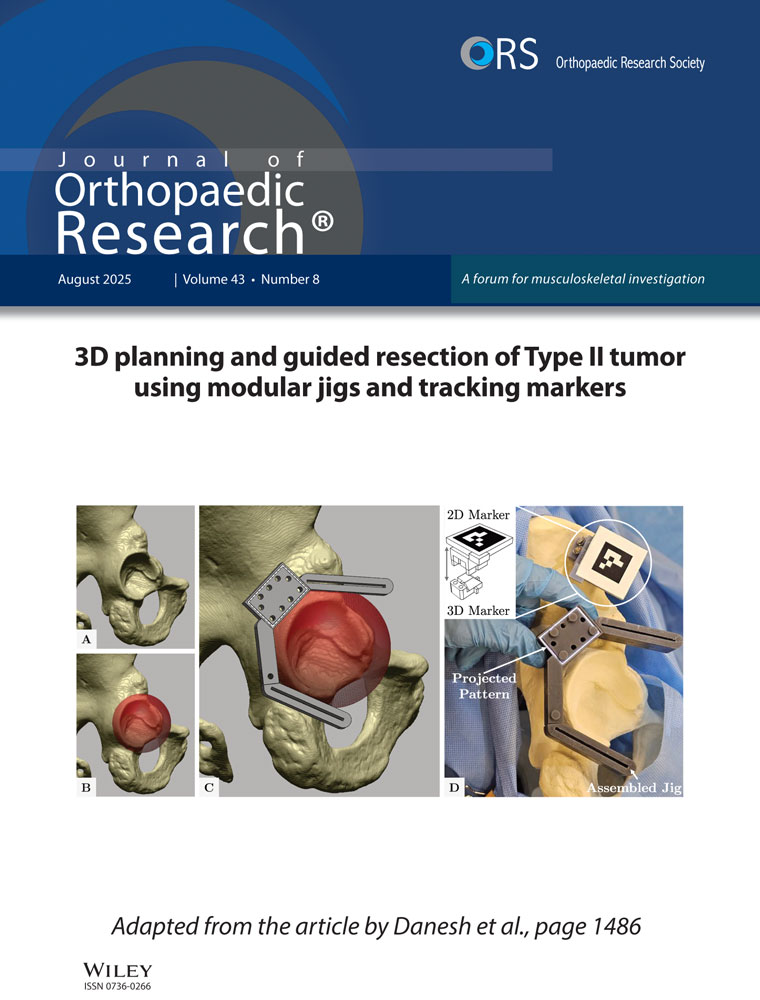Expression of urokinase-type plasminogen activator and its receptor is up-regulated during tendon healing
Abstract
The urokinase-type plasminogen activator (uPA) system has been implicated in cell migration, angiogenesis, extracellular matrix synthesis and tissue remodelling. However, little is known about the role of the system in tendon healing. We used a rat Achilles tendon model to study mRNA and protein expression of uPA and its receptor (uPAR) during tendon healing using immunohistochemical, Northern and Western blot analyses. Time-dependent increases in uPA/uPAR mRNAs and proteins, maximal on days 4–7 and 7–14 respectively, were found following Achilles tendon division. Interestingly, uninjured control tendons expressed uPA mRNA and protein, but little uPAR transcripts and protein. On day 14 following Achilles tendon division, uPA receptor protein increased 12.6-fold (p < 0.001) while uPA itself increased only 1.3-fold (p < 0.05). Immunohistochemical analyses revealed that both uPAR/uPA positive staining cells were increased in the healing tendon tissue section. These findings show for the first time that uPA, and especially its receptor uPAR, are up-regulated during tendon healing. © 2003 Orthopaedic Research Society. Published by Elsevier Science Ltd. All rights reserved.




